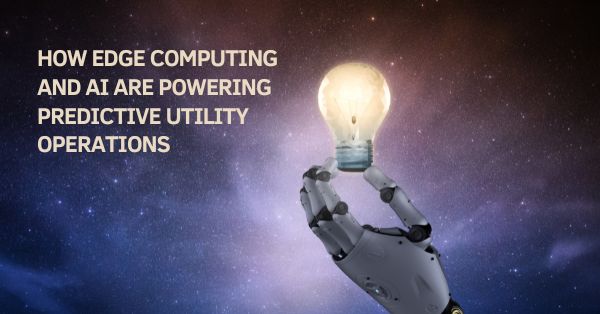With path-breaking edge platforms and infrastructures in place, the idea of edge data analytics picks up fast. The noteworthy factor is that edge analytics fulfills the long-standing goal of producing real-time insights. Real-time intelligence is mandated to build next-generation real-time services and applications, which, in turn, contributes to the elegant establishment of real-time intelligent enterprises.
There are fast and streaming data analytics platforms specifically prepared getting deployed in edge servers, which cleanse and crunch edge device data to emit out actionable insights in time. Edge devices generally collect and transmit edge data.
There are sensors, CCTV cameras, robots, drones, consumer electronics, information appliances, medical instruments, defense equipment, etc. in various physical environments to minutely monitoring, measuring and management of physical, informational, commercial, temporal, and spatial requirements proactively and unobtrusively.
The growing number of IoT devices produces ad streams a lot of data at high speed. Low-latency applications such as video surveillance, augmented reality and autonomous vehicles demand a real-time analysis to discover and disseminate real-time knowledge. There are research contributions such as real-time video stream analytics using edge-enhanced clouds.
























